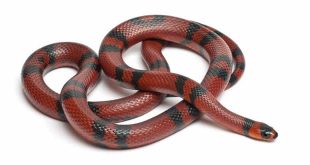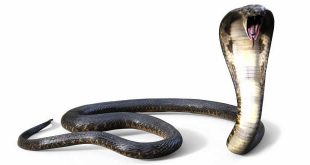 Iguana — The Iguana is a large, arboreal herbivorous species of lizard of the genus iguana native to Central and South America. The Green iguana ranges over a large geographic area, from southern Brazil and Paraguay to as far north as Mexico, the Caribbean Islands; and in the United States as feral populations in Florida, Hawaii and the Rio Grande Valley of Texas. The Green iguana is a reptile commonly found in captivity as a pet and grows to 1.5 meters in length from head to tail, although a few specimens have grown more than 2 meters (6 feet) and can weigh upwards of 20 pounds (10 kg).
Iguana — The Iguana is a large, arboreal herbivorous species of lizard of the genus iguana native to Central and South America. The Green iguana ranges over a large geographic area, from southern Brazil and Paraguay to as far north as Mexico, the Caribbean Islands; and in the United States as feral populations in Florida, Hawaii and the Rio Grande Valley of Texas. The Green iguana is a reptile commonly found in captivity as a pet and grows to 1.5 meters in length from head to tail, although a few specimens have grown more than 2 meters (6 feet) and can weigh upwards of 20 pounds (10 kg).
The word Iguana is derived from a Spanish form of the Taino name for the species “Iwana”. The species was first officially described by Swedish botanist Carolus Linnaeus in 1758. In the two centuries since then, no less than 17 species and subspecies have been identified with all but one species(Iguana delicatissima) being found to be invalid.
Using nuclear and mitochondrial DNA-sequence data to explore the phylogenic history of the Green iguana, scientists from Utah Valley State College studied animals collected from 17 different countries. The topology of phylogeny indicated that the species originated in South America and eventually radiated through Central America and the Caribbean. The study revealed no unique mitochondrial DNA haplotypes for subspecific status but did indicate the deep lineage divergence getween Central and South American populations.
In Spanish speaking countries, males of the species are referred to as gorrobo or ministro and juveniles are called iguanita or gorrobito.
The common iguana, Iguana iguana, is widely used as food throughout its range from southern Mexico to central South America and also in the Lesser Antilles. It is an arboreal tropical forest animal, attaining more than 1.5 m (5 ft) in total length, often found in the vicinity of rivers and streams. Young iguanas have been popular as pets because of their bright green skin color, which dulls with age. Large ground iguanas, Cyclura, inhabit islands of the Caribbean and attain total lengths of up to 1.2 m (4 ft). Large iguanas are also found on the Galapagos Islands. The land iguanas, Conolophus, feed on terrestrial plants, including cactus, whereas the marine iguanas, Amblyrhynchus cristatus, feed on marine algae. These marine iguanas, up to 1.5 m (5 ft) in length, are the only lizards that regularly make use of the nearby marine environment–they usually swim close to shore and can dive to depths more than 35 feet to eat plants, particularly seaweed growing on the bottom. They can remain submerged for up to 30 minutes. The common iguana eats both plants and animals, including leaves and fruit, insects, birds, and small mammals. Ground iguanas are predators of birds and small mammals but eat vegetation as well.
The spiny-tailed iguanas, or black iguanas, Ctenosaura, are found from Central America into northern Mexico. Less arboreal than the common iguana, they inhabit brush and scrub areas primarily, and their bodies and tails are cylindrical rather than compressed. A relatively small iguanid, Dipsosaurus dorsalis, known as the desert iguana, inhabits deserts with creosote bush in the southwestern United States. It is vegetarian and grows to little more than 30 cm (1 ft) in length. Often active during the hottest part of the day when smaller lizards are under shelter, the desert iguana runs rapidly and ascends creosote bushes to eat leaves and flowers. Iguanas lay their eggs in burrows that they excavate themselves. Most nest individually, but marine iguanas nest communally, several females laying eggs in a single burrow.
 Kids Portal For Parents India Kids Network
Kids Portal For Parents India Kids Network


